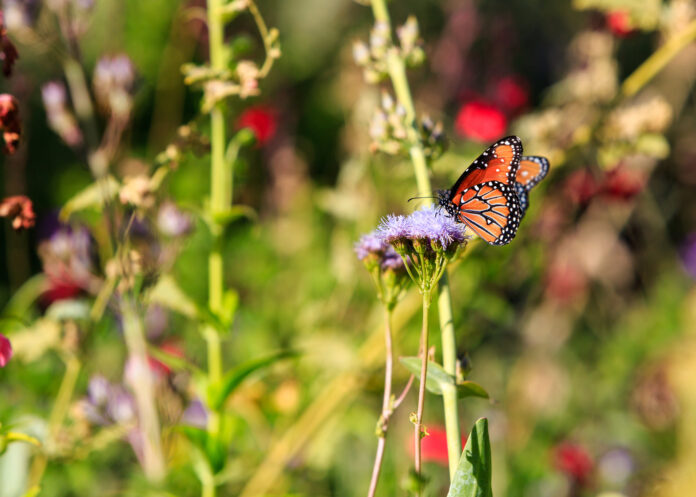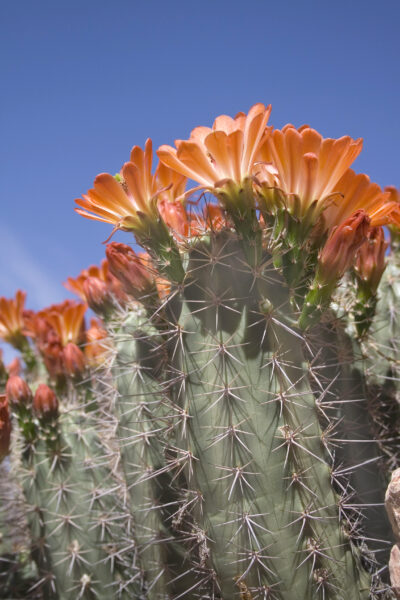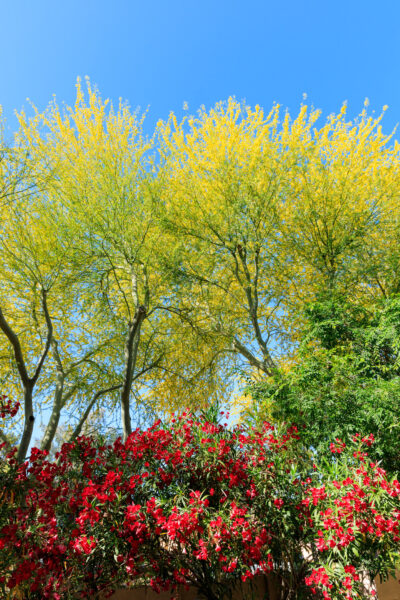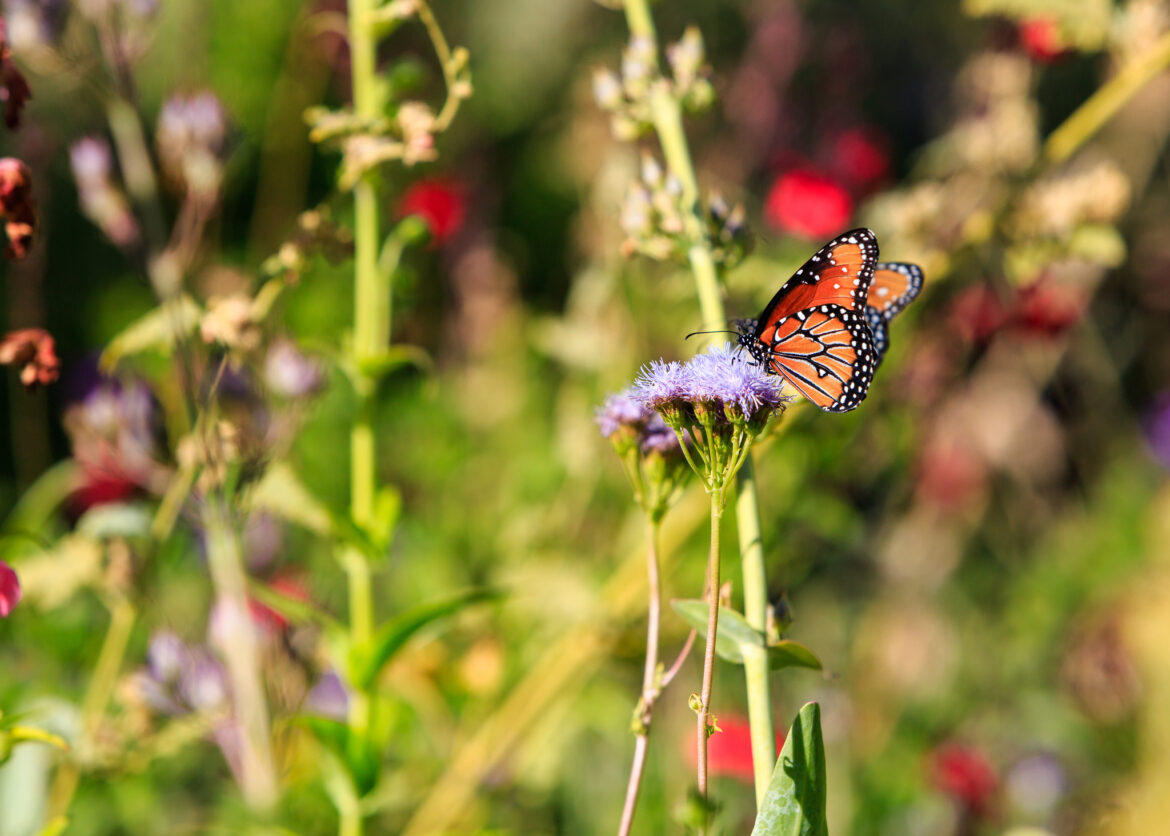 A butterfly lands on Milkweed
A butterfly lands on Milkweed
 Plants that prefer triple-digit temps? Really, there are some out there!
Plants that prefer triple-digit temps? Really, there are some out there!
Once spring comes and the weather gets toasty, many of us Maricopans tend to start fantasizing about the next beautiful addition to our gardens. Well, believe it or not, there is an array of plants that thrive in these conditions without using more water than we think is available, we can afford, or they need.
The advantages of Arizona native plants are they use little to no water or are drought-tolerant, attract native wildlife (including hummingbirds and butterflies) and help our local ecosystem. No, you do not have to have only cacti or succulents. (Did you know that all cacti are succulents, but not all succulents are cacti?) Be sure to pick plants that are mature to ensure they have lived through some of our record-setting highs. If they are “babies,” they may not be prepared to tolerate our long summers!
 A blooming Hedgehog cactus
A blooming Hedgehog cactus
Here are some beautiful flowering plants and greeneries you can add to your garden this month:
Annuals: Arizona and Mexican gold poppy, sunflower, verbena
Cacti and succulents: Agave, jumping cholla, hedgehog cactus or saguaro — but remember, saguaros are very, very slow growers — 1½ inches at 10 years old from seed —but your grandkids might get to appreciate them. Theirs is our state flower.
Flowers and small shrubs: Angelita daisy, Arizona milkweed (monarch butterflies love this), desert globemallow, desert marigold, fairy duster, firecracker penstemon, ocotillo
Large shrubs: Bougainvillea, brittlebush, Calliandra californica, cape honeysuckle, creosote bush (it can live up to 1,000 years), hopbush, sugar sumac (no, it isn’t poisonous)
Ornamental grasses: Bull grass, deer grass, muhly grasses
Trees: Desert ironwood, desert willow, velvet mesquite and our state tree, the Palo Verde
 Palo Verde trees
Palo Verde trees
The above list is not inclusive, by any means. It just gets you to explore the potential of some varieties for your garden. Keep an open mind as you begin your search. Whatever you choose, remember we live in a desert and our USDA Hardiness Zone is 9b. Before you buy, check out the specifications of your proposed plant. See to what size they grow, their color and their specific needs, like water and sunshine.
You probably want variety in your garden to highlight bloom time, size, watering needs and so on. It is important to plan where your plants will live (think compass direction, irrigation availability), when it might bloom and any special needs it may have. This is your garden. Pick what you want — just be sure it can survive our heat.
Ensure your choice is tolerant here. Like most of us, if it gets too hot, we wilt and are not happy. Neither will they be!
Cheryl Purvis is a Pinal County Master Gardener

